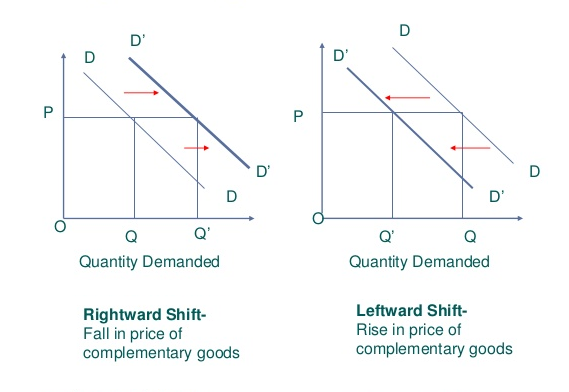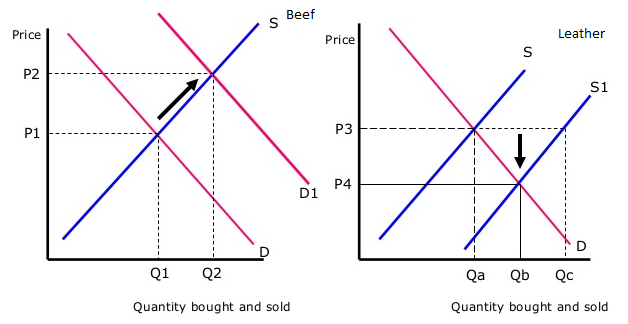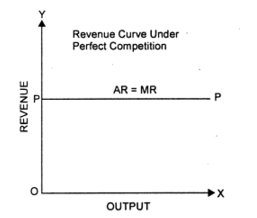The difference between renewable and non-renewable resources
A resource is something that is of use for people (Codrington 2005, p. 47). All of them can be classified into the following broad categories: energy resources (fuel, nuclear energy, wind energy, water energy, etc.), mineral resources, including metallic and non-metallic, organic resources (animals, birds, forests, etc.), and landscape (Codrington 2005, p. 48). Apart from this kind of differentiation, there is also another one: groups of renewable and non-renewable resources.
Renewable, or so-called non-exhaustible, resources are those that can be repeatedly used by humans; thus, their “supply can be replenished” (Boyes & Melvin 2012, p. 382). This broad group includes animals and birds, plants, wind, water, solar energy. All of the resources mentioned above are renewed in nature faster than people exploit them, which is why they are called non-exhaustible.
Inadequate usage of renewable resources and mismanagement of them usually leads to their depletion, and they gradually become exhausted. Boyes and Melvin (2012, p. 384) state that one of the reasons for renewable resources to become scarce is that they are not privately owned, and the common property is overused. Exhausted, or non-renewable, resources are generated too slowly in nature while people exploit them fast, which is why there is a limited amount of them (Codrington 2005, p. 48). This group consists of almost all kinds of metals (lead, zinc, aluminum, etc.), several non-metallic minerals, for instance, diamonds, and so on (Codrington 2005, p. 48).
When resources become exhausted and scarce, their price vastly increases, and vice versa, when something exists in abundance in nature, its price falls (Codrington 2005, p. 49). That is one of the most significant differences between renewable and non-renewable resources: the former costs less, and the latter costs more. That, in its turn, brings us to the well-known diamond-water paradox: even though water is more necessary for human beings in terms of survival, diamonds are much more expensive.
Joint demand and joint supply
Goods that people buy can be divided into three categories: those, which complement each other and are in joint demand, those, which can be substituted with each other and are in competitive demand, and those, which are needed for the production of other goods or services and are in derived demand (Anderton 2006, p. 47).
So, joint demand occurs when buying one good, people are more likely to buy another one, somehow connected to the first. Examples include lamps and light bulbs, razors and shaving cream, washing machines and washing powder, etc. Evidently, there is a stable connection between the demand for complementary goods and prices for them.

For instance, if the price of washing machines falls, people buy more of them, which boosts the demand for washing powder and thereby increases prices of it. This tendency is shown in the graph above.
Joint supply refers to the situation when two different goods are produced together because the same material is needed for the production of both of them; consequently, when one of such goods is produced, that leads to the production of another one as well (Anderton 2006, p. 49). As an example, a sheep can be supplied for both meat and wool, as well as cows can be utilized for beef and leather. If the demand for beef rises, the quantity of beef sold rises as well, which causes an unnecessary increase in leather production and, consequently, the fall of prices of leather. The tendency is shown in the graph below.

The difference between income effect and the substitution effect of a change in the price of a good
When the price of the good changes, the demand for these good changes as well, and not always in the same direction. Changes in the demanded quantity of the good can be described in terms of substitution and income effects, particularly the sum of these two values (Anderton 2006, p. 67).
The substitution effect refers to the following rule: when the price of the good increases, people begin to buy less of it since they can purchase complementary goods instead, which become relatively less expensive in such a case (Anderton 2006, p. 67). Similarly, if the price of the good falls, buyers prefer this particular good instead of the complimentary ones, and the demand for it rises.
The income effect is based on the fact that an increase in the product price leads to the fall of people’s real incomes; hence, they are not able to buy the same goods as before (Anderton 2006, p. 67). Two different outcomes follow in this case: if the good the price of which has risen is a normal good, people buy less of it, and if it is an inferior good, they buy even more (Anderton 2006, p. 67). For instance, if the price of meat increases, we buy less of it since we can substitute meat with other products, but if the price of bread increases, we buy it anyway. Moreover, since the same amount of bread costs more, we have less spare money to buy other products, and to feed ourselves, we have to buy even more bread.
So, the main difference between the concepts of substitute and income effects is that the first one works in the same direction with any kind of products (both with normal and inferior goods, including Griffen goods), while the second can describe either fall of demand (in case of normal goods) or rise of it (when it comes to inferior goods).
The difference between positive externalities and negative externalities
The term externality refers to the situation when private costs or benefits do not match with social ones (Anderton 2006, p. 119). As an example, let us imagine the following situation. The plant dumps waste into the local river in order to reduce its costs for the recycling of waste. Although it does reduce the costs, which the plant spends, it vastly increases the costs needed to clean the water in the river, and society suffers. This situation is an example of a negative externality, which occurs when social costs are much greater than private ones (Anderton 2006, p. 119).
Positive externalities are the ones that exist if the social benefit is greater than private (Anderton 2006, p. 119). The following example can be given. The pharmaceutical company creates an effective cure for cancer and gets a lot of financial benefits. However, the value of a new drug for society is even more significant since numerous lives can be saved. So, social benefit exceeds the private one, and positive externality occurs.
Positive and negative externalities differ since the first one reflects the difference between private and social benefits while the second one shows divergences in their costs. Besides, the names of externalities speak for themselves: positive externalities are useful for people, and negative ones are not. Finally, negative externalities, such as the situation with the plant described above, can cause market failure (Anderton 2006, p. 120).
The difference between perfect competition and monopolistic competition
If an industry is competitive (that is, has at least two different firms), competition within it can be of different types. Perfect competition occurs when there are many organizations in the industry, which coexist producing identical products, and none of them has economic power over the remaining ones (Anderton 2006, p. 107). Monopolistic competition, in its turn, exists when there are many firms in the industry and they coexist, but the products they produce are different, which is why each of the organizations has its own “mini-monopoly” (Boyes & Melvin 2012, p. 221).
Even though perfect competition and monopolistic competition do overlap and make many similar assumptions, as can be seen from their definitions, they are not the same. Firstly, while firms that exist in the framework of perfect competition produce identical products, those that operate under monopolistic ones produce unique goods. That, in its turn, leads to different degrees of control over prices. Under perfect competition, firms have almost no control at all; they are “price takers” since prices are established by the industry itself (Jain & Ohri 2011, p. 257). Under monopolistic competition, firms set their own prices, so they are “price makers” (Jain & Ohri 2011, p. 257). Besides, the monopolistic competition differs from the perfect one because of easy entry and exit (Boyes & Melvin 2012, p. 221). Finally, while in the framework of perfect competition, the demand (average revenue) curve and the marginal revenue curve coincide and form a line parallel to the OX-axis, the marginal revenue curve is located below the demand curve for monopolistic competition, as it is shown in the graphs below (Jain & Ohri 2011, p. 257).


Reference List
Anderton, Alain 2006, Economics, 3rd edn, Pearson Education, Delhi, India.
Boyes, W & Melvin, M 2012, Microeconomics, 9th edn, Cengage Learning, Mason, OH.
Codrington, S 2005, Planet Geography, 3rd edn, Solid Star Press, Sydney, Australia.
Jain, TR & Ohri, VK 2011, Principles of Economics, VK Publications, Delhi, India.